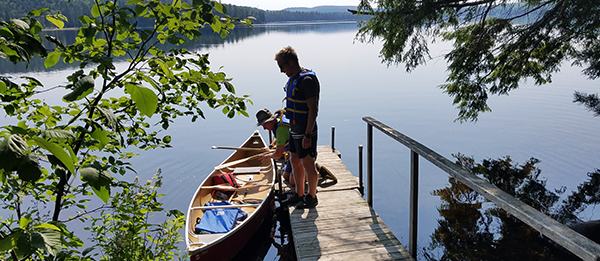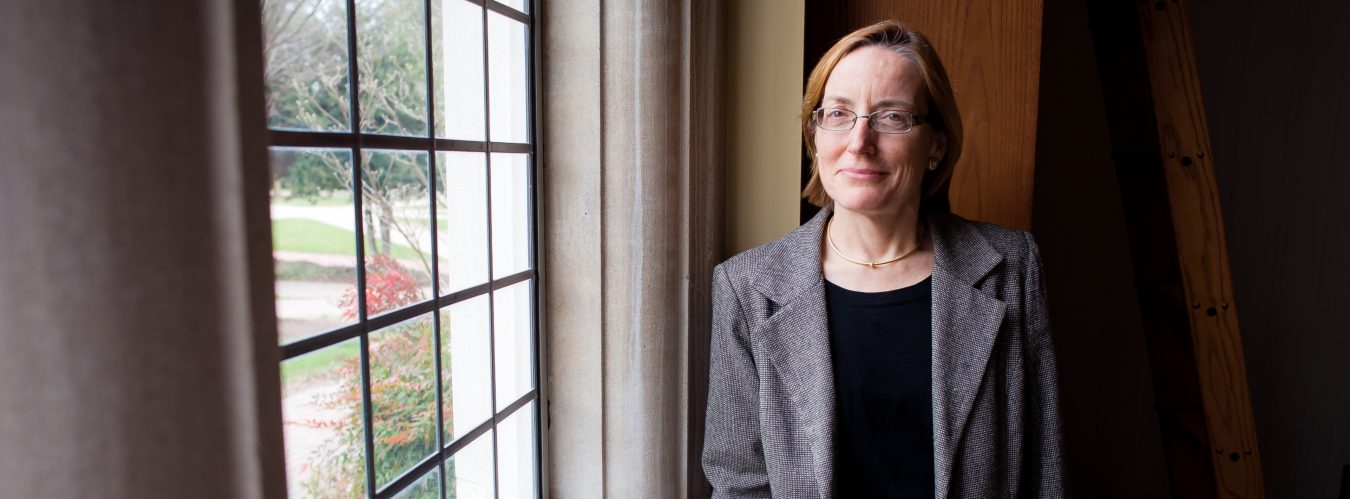
Canadians aren’t exactly known for leading, despite our contributions to the arts (e.g., in music, The Band, Leonard Cohen, Celine Dion, Gordon Lightfoot, Joni Mitchell, Oscar Peterson, Tragically Hip, or Neil Young) and Nobel Peace Prize recipient Lester B. Pearson’s famous idea for Canadians to serve the world by keeping peace.
However, while visiting Algonquin Park earlier this month, I was struck by how significant the leadership characteristics of the Canadian people are. Whether because of the rugged landscape or the open spaces of their home, Canadians possess leadership qualities that serve them well both internationally and at home.
I’ve been to Algonquin many times, but this trip drove home the parallels between leadership and canoeing, the very act that so many Canadians engage in.
- Ruggedly individual, yet pleasantly cooperative
Leadership is singularly complicated because it involves others. Effective leaders possess the self-confidence, skills, and information to come to good decisions and inspire others to implement the vision. They can neither operate on their own — good leaders have to involve others in coming up with the vision in the first instance — nor cede authority entirely. A good leader, then, must be both a strong individual and a cooperator. Anyone who has spent time paddling a canoe with a colleague knows that success depends on precisely the individual and joint efforts.
- Aware of context, but hold to universals
Leadership doesn’t exist in a vacuum but is instead context-laden. Is the group newly formed; have the rules changed; is the international order undergoing a transition; are people stepping forward to fill a power void? Yet in addition to context, there must be some universal. Leadership to what end? For Canadians on the lakes and rivers of Algonquin, context might be the lake — Two Rivers is quite different from Mew Lake — or the weather. The universal is the joy at hearing the call of a loon or the feeling of accomplishment after the long journey.
- Good listeners, and creative talkers
Leaders need to take the pulse of followers in order to assess what change is feasible and set a course of action. As I’ve discussed before, they must be good listeners. They must be able to live with silence when silence is needed. But they also need to be creative to fill space with ideas, words, and emotions. Few ways are more effective for teaching the art of listening and real conversation than spending time in a canoe. Facial expressions and body language are not part of the conversation in a canoe — clarity, accuracy, and understanding all depend on words and only on words.
